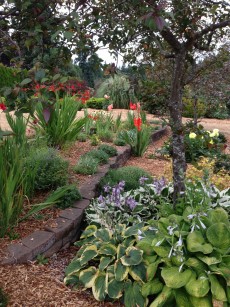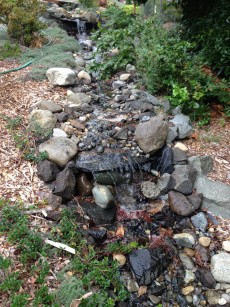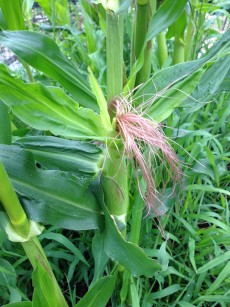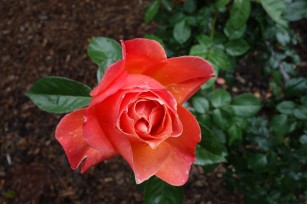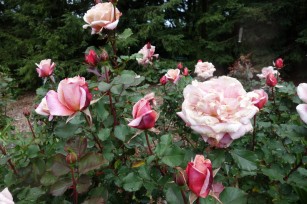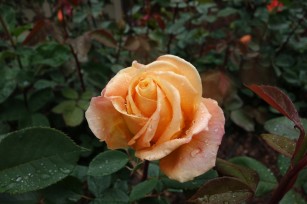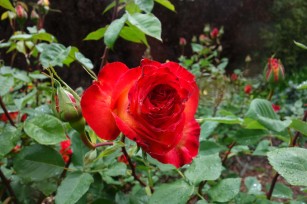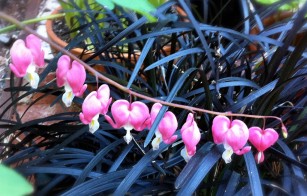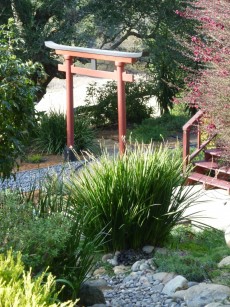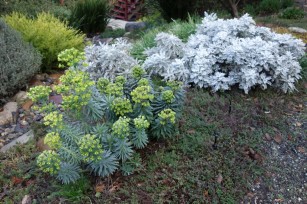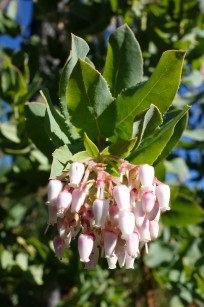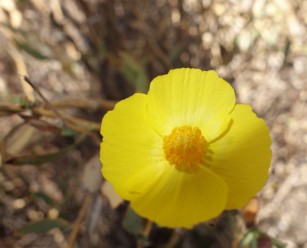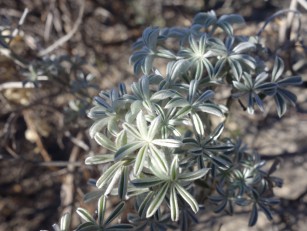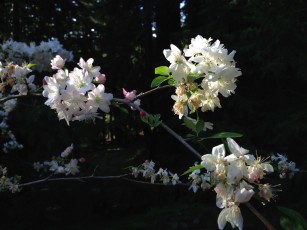 Seems like just about everything is in bloom. Sure there are many plants and trees who?s season is still a ways off but the flowers of early spring really get our attention. Longer days trigger both flora and fauna to reproduce. Being that it?s the beginning of April I thought I?d give you a heads up on what to do in the garden this month. That way you can budget your time and enjoy the beauty around you and still get your chores done.
Seems like just about everything is in bloom. Sure there are many plants and trees who?s season is still a ways off but the flowers of early spring really get our attention. Longer days trigger both flora and fauna to reproduce. Being that it?s the beginning of April I thought I?d give you a heads up on what to do in the garden this month. That way you can budget your time and enjoy the beauty around you and still get your chores done.
Earth Day is coming up on Saturday, April 18th and National Arbor day is April 24th. What better way to celebrate in your own backyard than to plan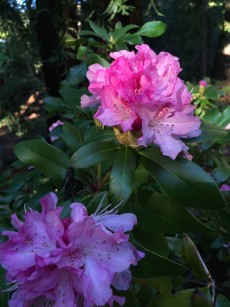 t a tree, shrub, flower or edible? I?m enjoying the succession of flowering trees in my own yard. First came the plums, then the flowering crabapple and now the Forest Pansy Redbud. My crape myrtle will bloom by summer but I think I?ll plant another tree that will bloom in May to celebrate, maybe a late-blooming Kousa dogwood.
t a tree, shrub, flower or edible? I?m enjoying the succession of flowering trees in my own yard. First came the plums, then the flowering crabapple and now the Forest Pansy Redbud. My crape myrtle will bloom by summer but I think I?ll plant another tree that will bloom in May to celebrate, maybe a late-blooming Kousa dogwood.
Planting a tree is having confidence in the future. Like the saying goes, ?The best time to plant a tree is twenty years ago. The second best time is now.? In case you were wondering, Arbor Week in California was celebrated mid-March. That?s because each state observes Arbor Day based on the best tree-planting time in their area. On the first Arbor Day, April 10,1872, an estimated one million trees were planted. Make yours the one million and one tree planted.
Other to-do?s for this month include:
Fertilize -Take advantage of the moist soil to fertilize your garden. Lawns and groundcovers are beginning their spring growth spurt and new leaves on trees, shrubs and perennials are starting to emerge. Your citrus may be looking yellow from lack of nitrogen which has leached out of the soil through the winter season and they may be lacking in iron. Feed them with organic citrus or fruit tree fertilizer. Perennials benefit from both a fresh layer of compost and a light application of balanced fertilizer. They respond to the phosphorus from bone meal especially in the spring for root growth, stem sturdiness and flower development. Make sure you keep fertilizer off the foliage and crown of the plants or wash it off with the hose. Wait to feed azaleas, camellias and rhododendrons until after they bloom and you see new leaves emerging.
Transplant – If you need to move any plants in the garden that have outgrown their space or are not growing with other plants of the same water usage now is a good time. Plants are full of growth hormones and recover quickly from transplant shock. As you plant new additions to the garden add organic matter to the soil. If your garden’s soil is sandy, organic matter enriches it and allows it to hold water more efficiently. If your soil tends toward clay, organic matter will loosen it up and improve drainage. In well-amended soil, plants grow deep roots, are hardier for cold, more resistant to disease and more drought tolerant. Organic matter such as compost, planting mix and well-rotted manure boosts nutrition and improves soil structure.
Spread fresh compost or bark mulch around all your plants to help plants get off to a strong start. Good soil is the secret to successful gardening. The first principle of organic gardening is to feed the soil and it will feed the plant. Remember that all gardening used to be organic. Layer 2-3″ of compost or bark chips on top of the soil and let it slowly decompose and filter down into the earth. Bark nuggets and shredded bark do not increase your soil’s fertility like compost or bark chips but they do conserve moisture and help keep weeds at bay.
Check for aphids – They are out in full force sucking plant juices from the tender new leaves of everything from roses to hellebore to Japanese maples. A strong spray from the hose may be enough to dislodge them. If they still persist, you can spray organic insecticidal soap, neem oil or horticultural oil to kill them. As with all pesticide sprays, do this early in the morning or later when they are not in the sun. Be sure to test first to make sure the spray doesn’t burn the new growth and always mix according to the directions.
Ants can also bring aphids up into trees and shrubs such as camellias, citrus and roses. Ants feed off honeydew secreted by aphids, scale and other plant-juice sucking insects. Ants also protect these pests from natural predators. To keep them off, wrap trunks with a 1-2″ wide strip of masking tape and coat with a sticky barrier like Tanglefoot. Keep the barriers free of dirt and check them periodically for breaks. Reapply when necessary.
The most important to-do for early spring is to take time out and enjoy your garden and our beautiful surroundings. Those last few weeds will be there tomorrow but you’ll never get another today.



